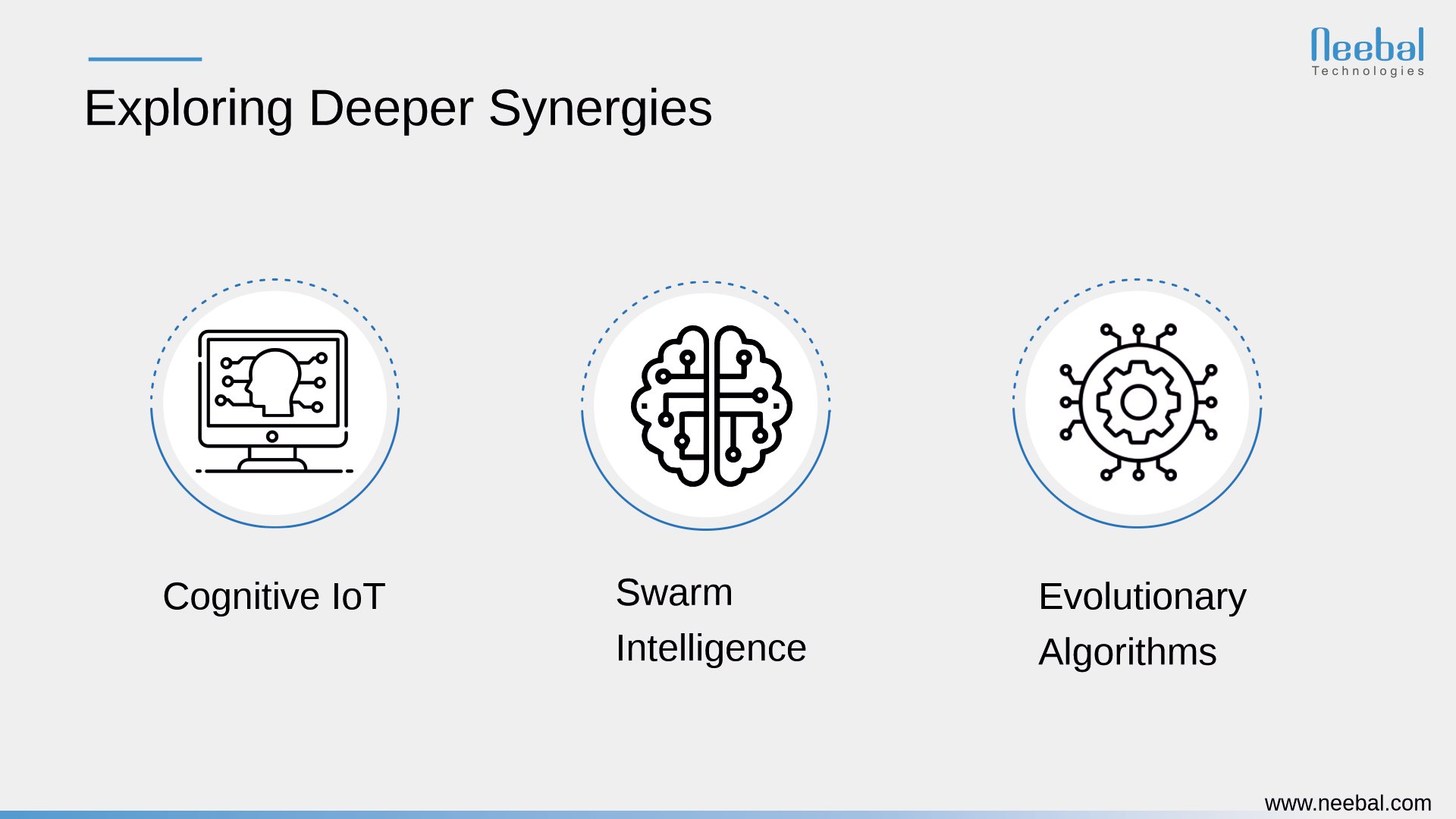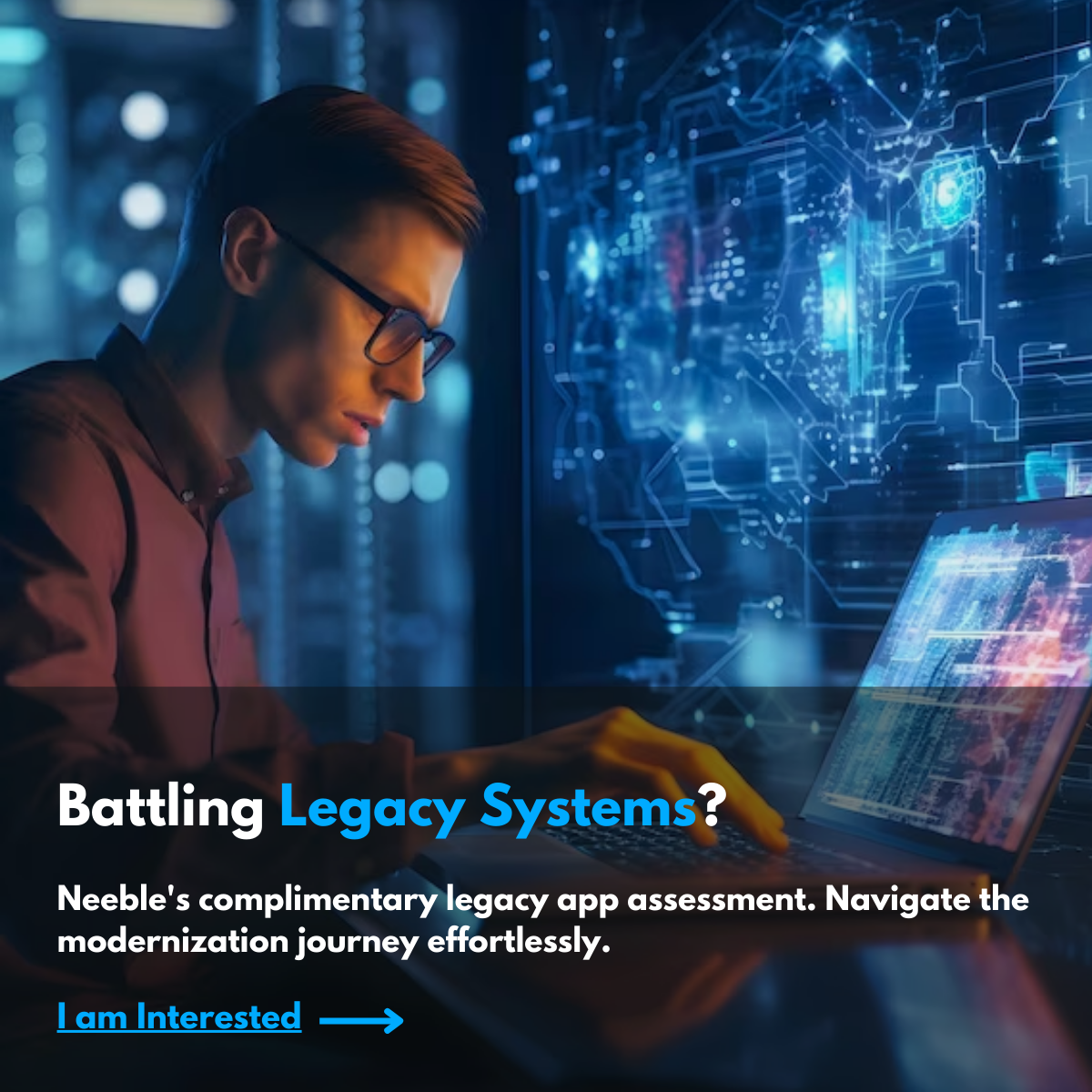A new age of innovation and transformation is being ushered in by the unparalleled rate of technological advancement. Artificial intelligence (AI) and the Internet of Things (IoT) are two potent factors driving this technological revolution. The fusion of AI and IoT has the potential to fundamentally alter how we work, live, and engage with the world. MarketsandMarkets forecasts the global AI in IoT market size to grow from USD 5.1 billion in 2019 to USD 16.2 billion by 2024.
In this extensive blog, we will look deeply into the interaction between AI and IoT, studying their potential to alter a variety of industries.
Data Analysis and Decision-Making
Real-time Analysis
IoT devices constantly generate vast amounts of data. Whether it's data from smart appliances, sensors in industrial machinery, or environmental sensors in smart cities, this data can be overwhelming. AI steps in to analyze this data in real-time, providing instant insights. Businesses can use this information to enhance decision-making, optimize operations, and even predict future trends. Real-time analysis is the cornerstone of the data-driven economy.
Predictive Maintenance
For industries, downtime due to machinery breakdowns can be costly. AI can analyze data from machinery sensors to predict when they might fail or need maintenance. This predictive maintenance approach drastically reduces downtime, increases operational efficiency, and saves businesses significant costs. It's a win-win for both manufacturers and consumers.
Energy Management and Efficiency
Smart Grids
The energy sector is not left behind in the AI and IoT revolutions. Smart grids, powered by AI, can analyze data from smart meters in real-time, balancing and distributing energy supply efficiently across the grid. This means more reliable and sustainable energy distribution, which is crucial for addressing climate change and reducing energy waste.
Optimal Energy Usage
In households and industries, AI can optimize the energy consumption of devices. From adjusting the thermostat based on occupancy to scheduling the operation of industrial equipment during off-peak hours, AI-driven energy management ensures that devices operate at peak efficiency. This not only saves money but also reduces the carbon footprint.
Enhanced User Experiences
Voice Assistants
Voice assistants like Amazon's Alexa and Google's Assistant have become integral parts of our lives. These devices use AI to understand and process voice commands, offering an interactive user experience. Whether it's setting reminders, answering questions, or controlling smart devices in your home, voice assistants are making technology more accessible and user-friendly.
Personalized Experiences
One of the most exciting aspects of AI and IoT convergence is the ability to deliver personalized experiences. By analyzing user behavior and preferences, AI can adjust device functionalities to cater to individual needs. Whether it's suggesting movies based on your viewing history or adjusting the lighting and temperature in your home to your liking, personalization enhances user satisfaction and engagement.
Security and Privacy
Threat Detection
With the proliferation of connected devices, security threats are a growing concern. AI plays a crucial role in threat detection. By analyzing data patterns, AI can detect anomalies that might indicate potential security threats or breaches. This proactive approach to cybersecurity is essential to safeguarding our digital lives.
Secure Transactions
IoT devices often facilitate transactions, from smart home purchases to industrial equipment procurement. AI can enhance security protocols, ensuring data integrity and safety. This is especially critical as we increasingly rely on IoT for financial transactions and sensitive data exchanges.
Challenges at the Intersection
While the synergy between AI and IoT holds immense promise, it also brings forth a set of challenges that must be addressed:
Complexity
The integration of AI can introduce complexities in how devices operate, which might pose challenges for the average user. Simplifying user interfaces and ensuring seamless interoperability will be essential.
Economic Implications
As automated systems become more prevalent, there's potential for job displacement in certain sectors. However, the convergence of AI and IoT will also create numerous roles in data analysis, system maintenance, and more. Preparing the workforce for these shifts is crucial.
The Future Landscape
Enhanced Healthcare
The combination of AI and IoT promises to revolutionize healthcare. Remote monitoring, predictive diagnostics, and personalized treatments are just the beginning. This convergence could lead to better health outcomes and more efficient healthcare systems.
Sustainable Agriculture
AI-driven IoT devices can monitor soil quality, weather conditions, and crop health in real-time. This data can be used to optimize yields, reduce resource wastage, and promote sustainable farming practices, addressing food security challenges
A Symphony of Possibilities
The fusion of AI and IoT heralds a future brimming with potential. From reshaping mundane tasks to catalyzing industry-wide transformations, the synergy between these technological forces is poised to redefine the contours of innovation. As we venture further into this integrated era, the duty is on industries, policymakers, and innovators to harness this confluence responsibly, ensuring that the benefits are widespread and accessible to all.
Exploring Deeper Synergies

While the intersection of AI and IoT is already transformative, deeper integrations promise even more groundbreaking innovations:
Cognitive IoT
This involves embedding cognitive abilities into IoT systems, enabling devices to think, reason, and learn from interactions, much like humans. Imagine IoT devices that continuously adapt and improve their performance based on user preferences and changing environments.
Swarm Intelligence
Drawing inspiration from nature, interconnected AI-driven IoT devices can work collaboratively to achieve complex objectives without central command. This decentralized approach to problem-solving can revolutionize fields like logistics, disaster management, and environmental monitoring.
Evolutionary Algorithms
Large-scale IoT networks can employ evolutionary algorithms to evolve and adapt device behaviors over time based on environmental factors or user preferences. This dynamic approach ensures that IoT systems remain responsive and efficient.
Conclusion
In order to fully utilize the promise of AI and IoT while making sure that the advantages are available to everyone, it is critical for businesses, governments, and society as a whole to collaborate as we negotiate this inevitable confluence. We can create a future where technology enables us to reach new levels of innovation, efficiency, and sustainability by doing this. It is up to us to assemble a harmonious and successful future from the symphony of possibilities produced by the combination of AI and IoT, which is still in the process of development.

